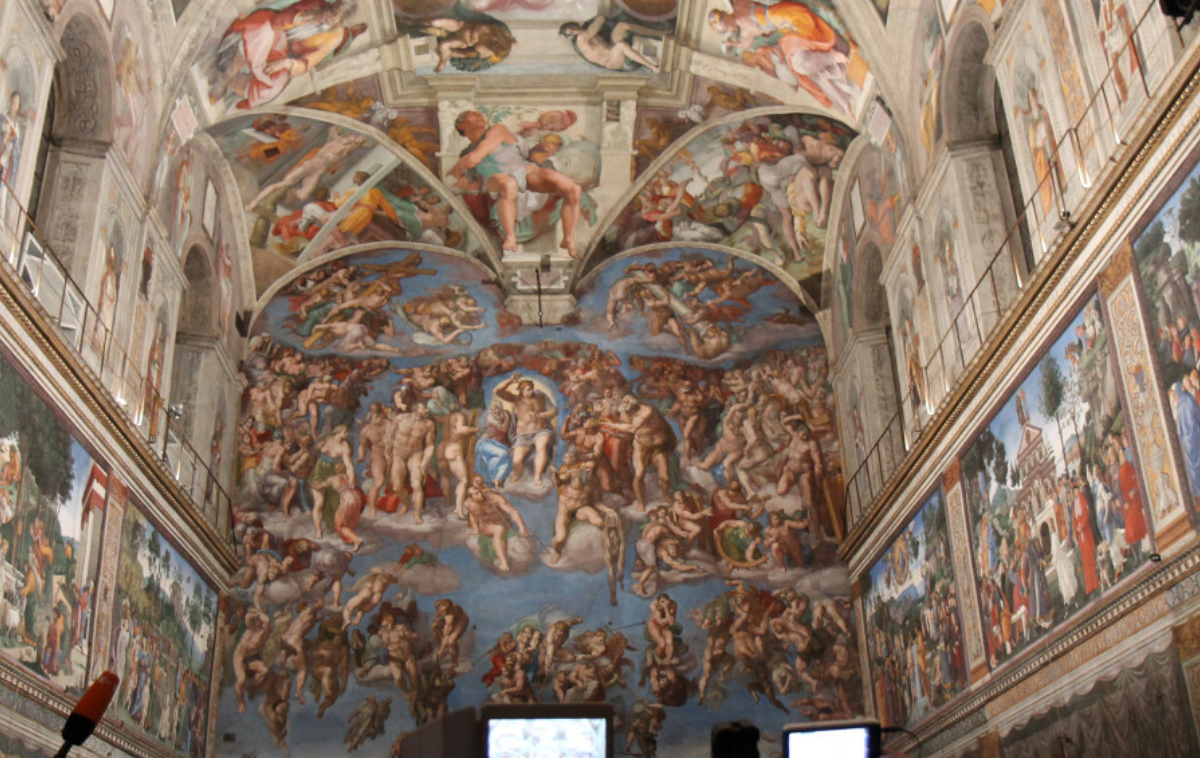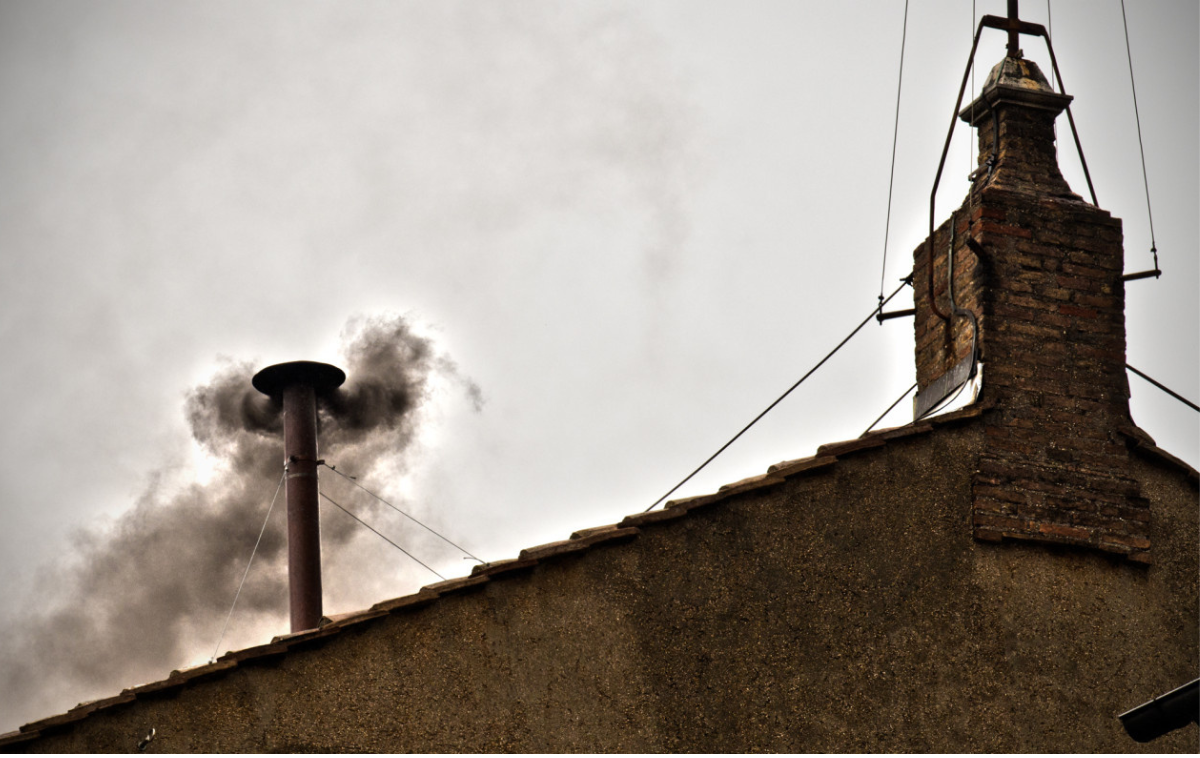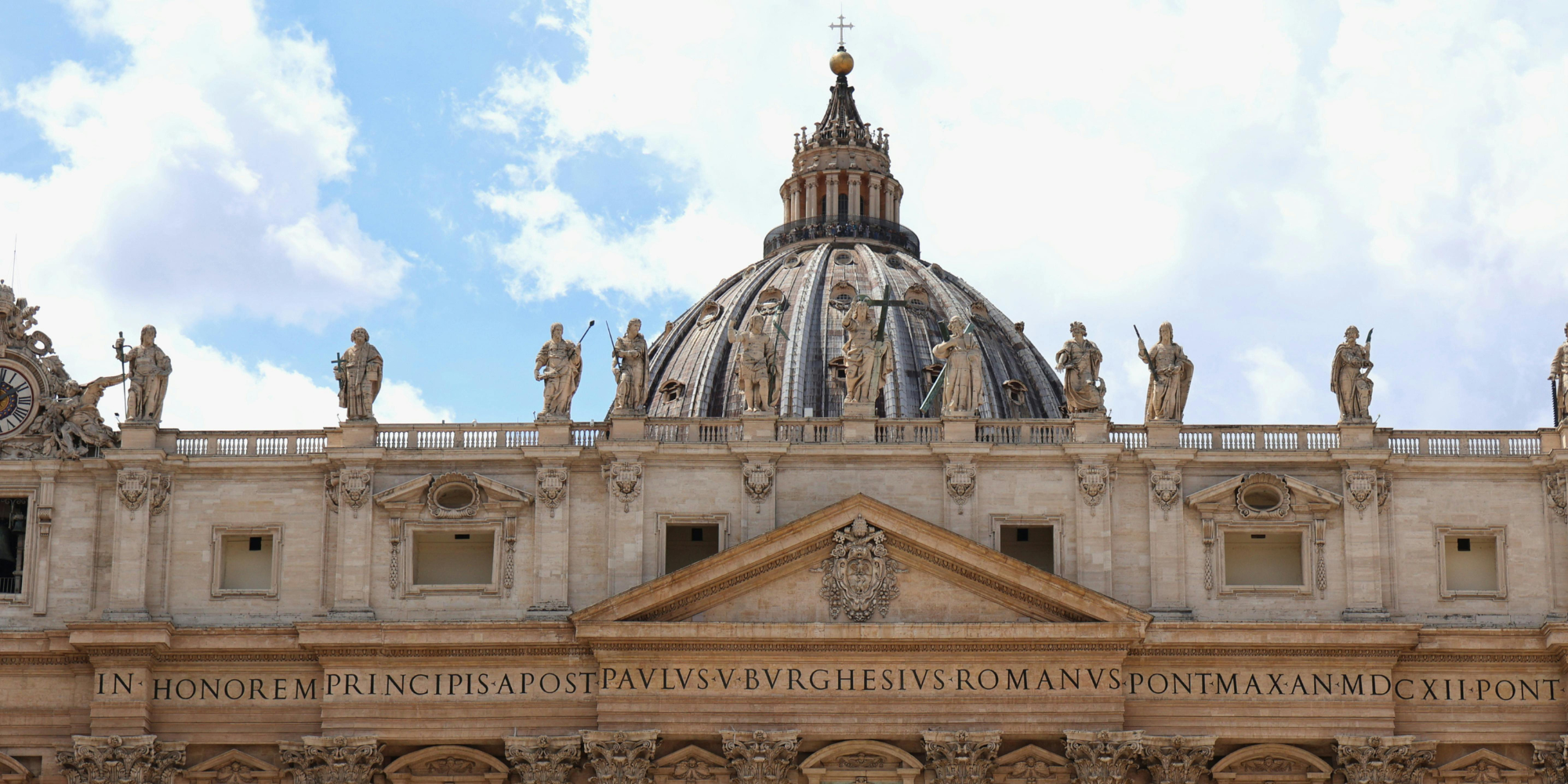What is the papal conclave?
Author: Eli Pacheco
Date Published: April 30, 2025
A papal conclave is an extraordinary and solemn event in which the College of Cardinals converges to elect the next pope following the passing or resignation of a pontiff.
The United States Conference of Catholic Bishops describes this sacred assembly as a profound ceremony guided by the Holy Spirit. The term papal conclave, meaning “with a key,” derives from the Latin “cum clave.”
In the papal conclave process, about 120 Cardinals, chosen by the pope, are sequestered from the outside world during private proceedings, under an oath of secrecy. They stay at the Vatican and vote for the next pontiff in the Sistine Chapel, a process that can last several rounds or even days.
Cardinals must be 80 years or younger to vote in the conclave.
Pope Francis’ passing, on Easter Monday, April 21, 2025, necessitated the first papal conclave since 2013. As of that date, there were 252 cardinals, including 135 eligible electors, 108 of whom were appointed by Francis. Cardinals who are ineligible to vote are welcome to participate in the general congregations.

The College of Cardinals votes for the future pope in the Sistine Chapel during the papal conclave at the Vatican, where they are sequestered and sworn to secrecy. (Photo courtesy of Bohumil Petrick, CNA)
When is the next papal conclave?
The papal conclave will commence on May 7, 2025. The next pope will be the Church’s 267th pontiff.
Following the passing of a pope, the Cardinal Camerlengo – in this case, Cardinal Kevin Farrell – oversees the goods and temporal rights of the Holy See and, together with the cardinals representing the order of bishops, priests and deacons, oversees preparations for the conclave.
DID YOU KNOW?
“Universi Dominici Gregis” is a set of rules for running the Church between the death or resignation of a pope and the election of a new pontiff. Declared in 1996 by Pope John Paul II, the term means “Of the Lord’s Whole Flock” and includes:
Formal notifications communicating the death of the pope
Sealing the pontiff’s papers and rooms
Destruction of the papal signet ring
How long does the papal conclave last?
The conclave lasts until one of the candidates gets enough votes (a 2/3 majority). The conclaves to choose the last two popes – Benedict XVI in 2005 and Francis in 2013 – lasted two days.
A look at the papal conclave timeline
The longest conclave, in 1268, lasted 34 months, leading to the rules of isolation among voting cardinals and food rationing to hasten the process.
The longest conclave of the 20th century was five days (Pope Pius X).
The quickest papal conclave happened in 1503. Papal conclave voting took just a few hours. The former Giuliano della Rovere came in heavily favored and gained adequate votes almost immediately, becoming Julius II.
DID YOU KNOW?
The period between a pontiff's death and the election of a successor is known as the Papal Interregnum, which features formal rites and observances. The time when the papacy is unoccupied is referred to as the “sede vacante,” meaning “vacant seat” in Latin.

Cardinals enter the Vatican March 2013 after Pope Benedict XVI resigned. It was the last time before now that the College of Cardinals convened to choose a new pope. (Photo courtesy of InterMirifica.net)
Papal conclave: a history that has endured for centuries
The papal conclave is the oldest historical method of electing a head of state. It has evolved over almost two millennia, blending ancient traditions with new practices.
The previous conclave was in March 2013, after Pope Benedict XVI resigned unexpectedly. The cardinals chose Cardinal Jorge Mario Bergoglio, who took the name Francis. He was the first pope from Latin America, the first Jesuit and the first non-European in more than 1,200 years.
The conclave ended after two days with five voting rounds.
Campaigning to become pope is prohibited.
DID YOU KNOW?
St. Peter was the first pope He was appointed by Jesus rather than elected. The first 1,000 years of the papacy saw popes or the church chose successors, but heads of state and monarchs had approval power, introducing political influence into the process. The modern process began in 1059 with Pope Nicholas II, resulting from church reforms that gave papal election powers solely to the College of Cardinals.
Who will be the new pope?
No one knows who the College of Cardinals will elect to serve as the next pope. Many people have similar questions:
Will the next pope be in his 60s, potentially serving for 20 years?
Will he hail from Asia or Africa, continents where the Church is growing?
Will a European pope be chosen?
The world will learn the answers to these questions when the new pope is elected.
DID YOU KNOW?
Although it is tradition, popes are not required to change their names. The first was Rome native John II, who was elected in 533. Previously named Mercurius, he chose John II to honor his predecessor, Pope John I, and to distance himself from the Roman god Mercury.

The College of Cardinals held a Mass in St. Peter's Basilica on March 12, 2013, ahead of the papal conclave in the Sistine Chapel. If no pope is selected within three days, deliberations may pause for up to a day. (Photo courtesy of Catholic News Agency)
What are the papal conclave rules?
Cardinals need a two-thirds majority to choose a new pope and can vote up to four times a day, twice by morning, twice more at night. The ballots, written and folded twice, are burned after each vote.
If no decision is made after three days, the assembly will pause for as long as a day. After seven more ballots without a nominee, there is another break, a pattern followed for about 12 days.
Before his resignation, Pope Benedict XVI advised that after 12 days, the cardinals should hold a two-candidate runoff. At this stage, neither candidate is allowed to vote.
Results of each round are read aloud. If no pope is selected after several rounds, the ballot focuses on the top candidates. Any baptized, ordained man can become pope, but it has been more than 500 years since a non-cardinal was elected. Urban VI, elected in 1738, was the last pope who wasn’t a cardinal.
During the conclave, cardinals are forbidden from accessing:
Letters
Mobile phones
Newspapers
Radios
Telephones
Televisions

In 2013, black smoke from a chimney at the Sistine Chapel signaled no decision on a new pope. White smoke means a successful election. (Photo courtesy of Catholic News Service
What the papal conclave smoke reveals about the decision
After each round of voting, ballots are placed in a Sistine Chapel stove and burned with chemicals to produce black or white smoke. Black smoke emitted from the chimney signifies no decision. White smoke (fumata bianca) means a new pope.
The cardinal chooses whether to accept the appointment, selects a papal name and dons white robes in the Room of Tears. A Vatican official announces "Habemus Papum" from the balcony of St. Peter’s Basilica and introduces the new pope, who gives his first public blessing.
DID YOU KNOW?
Last year, Francis simplified papal rites by announcing he would be buried in a simple wooden casket instead of the complex interlocking caskets his predecessors chose. He asked that his body not be placed on a raised platform in St. Peter's Basilica, so it stayed in the casket with the lid off for mourners to pay their respects.

